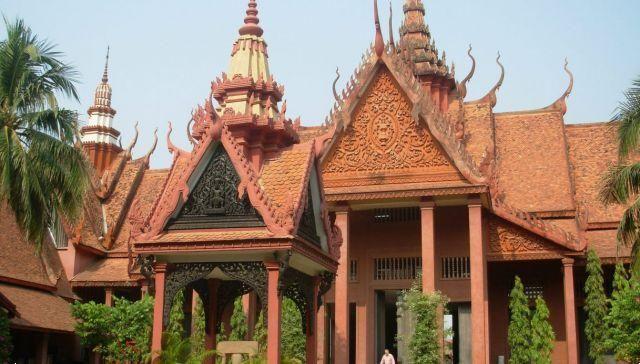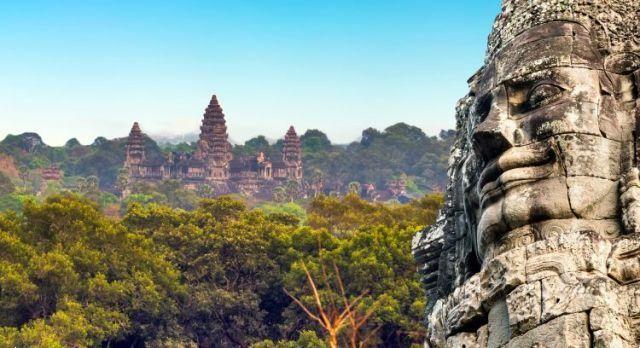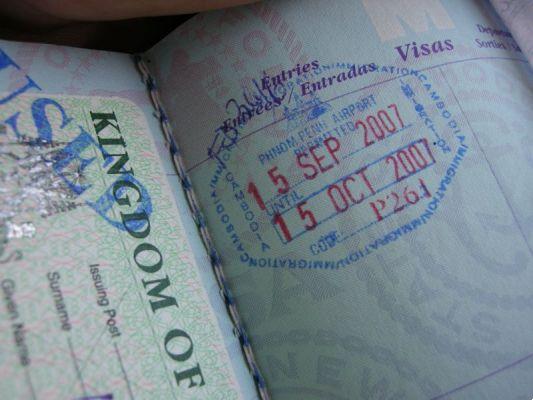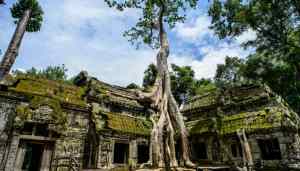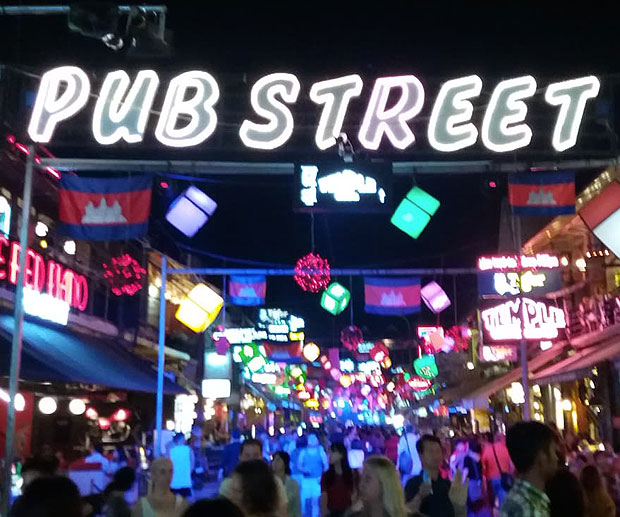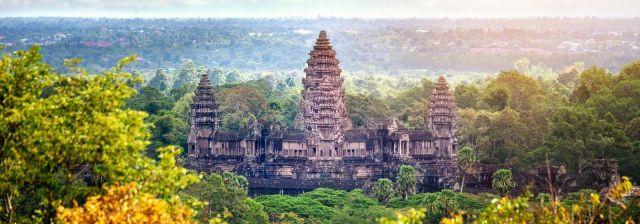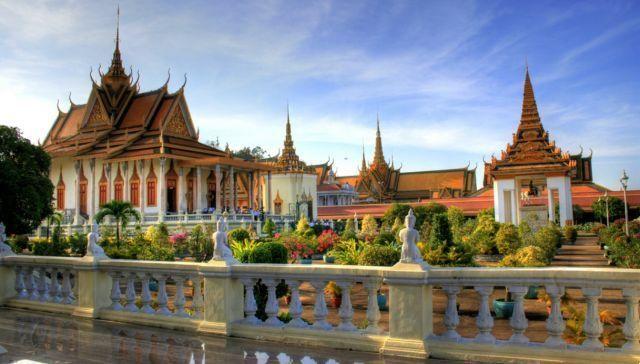
Phnom Penh, capital of Cambodia, is the largest and most populous city in the country; known and appreciated tourist destination, it is renowned for its architecture influenced by the traditional Khmer style and by that acquired under the French colonial name. Rising on the banks of the Mekong River, between the confluence of the Tonle Sap and the branch of the Tonle Bassac River, Phnom Penh is also a river port of considerable importance.
Entering the center of the capital, along Russian Boulevard, you will be amazed by the dynamism of the city, which reflects that of the whole of Cambodia. There are skyscrapers under construction, cars and scooters facing the traffic of a city that is slowly returning after 40 years from the fall of the regime of Pol Pot and the bloodthirsty Khmer Rouge, to build the future, also investing in the heritage inherited from the colonial administration Frenchman who contributed to leaving a city cared for and embellished in its architectural style by currents and signatures from Art Nouveau to Le Courbusier.
The city of Phonm Penh offers notable tourist attractions to admire; in this guide we propose a visit itinerary to the splendid capital of Cambodia. Start your itinerary by taking advantage of the Tuk Tuk service or otherwise called Remorque, consisting of a motorcycle connected to a trailer used for the transport of passengers, or with the common taxis available in the city and visit wonders such as the Royal Palace.
Il Royal Palace of Phonm Penh is a complex made up of 9 buildings, which the royal family still uses as their residence in the capital. For this reason, only the throne room and some rooms of the structure can be visited. Inside the palace area there is the Silver Pagoda, structured with floors covered with solid silver tiles: there are around 5.000 of them. There is a vast collection of gold statues; one of the statues, depicting Buddha in life size, is embellished with almost 10.000 diamonds. Both the palace and the pagoda were built around 1892 in a style of European and Asian architecture.
In front of the Royal Palace, you can decide to visit the National Museum, recognizable from the panoramic terraces of the capital thanks to its pointed red roof, which houses one of the largest art collections of Khmer culture in all of Cambodia and boasts well over 14.000 exhibitions. There are sculptures, ceramics and craftsmanship belonging to the Khmer empire from the prehistoric period until the decline of Angkor.
South west of the Royal Palace, you will discover the Independence Monument, dating back to 1958, built in the capital following Cambodia's independence from France. We suggest you admire this monument at sunset because its singular shape with the shades of the sky will give anyone who wants to photograph its image a true masterpiece.
Another very significant place in the city of Phnom Penh is the temple Wat phnom also called “Pagoda mountain”. It is a Buddhist temple built in the 27th century, XNUMX meters high; it is the highest religious building in the capital, famous for the stairs that lead to the main chapel and its decorative gardens which with turf and hedges form a beautiful clock.
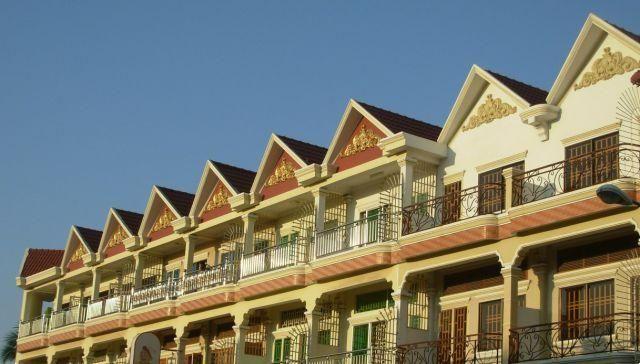
For those who love walking among the stalls and are looking for a souvenir of Phnom Penh - such as the typical checked cotton scarves called Krama -, you can go to Phnmom Penh Central Market, an “X” shaped building in Art Deco style. Inside it houses shops that sell jewellery, clothing, books, technological and electronic items. Built in 1937, the central market of Cambodia's capital is made up of four wings and a central dome; the renovation started recently has given it back its particular ocher colour. Situated in an area that was previously occupied by an ancient lake, the entire market and the surrounding streets are subject to flooding in the rainy season.
A visit to the Toul Sleng Genocide Museum Khmer of the capital allows you to learn more about a painfully important chapter in Cambodia's history: the genocide. The museum can tell adult visitors bitter testimonies of what was an institute (Chao Ponhea Yat) converted into a prison and extermination camp. On the outskirts of Phnom Pehn, 15 kilometers from the capital, the Choeung Ek extermination camp can also be visited. These two sites, memorials of what happened to the Cambodian people, cannot be trivially commented on, every word gives way to the moving and painful images that present themselves to those who respectfully want to approach them.




